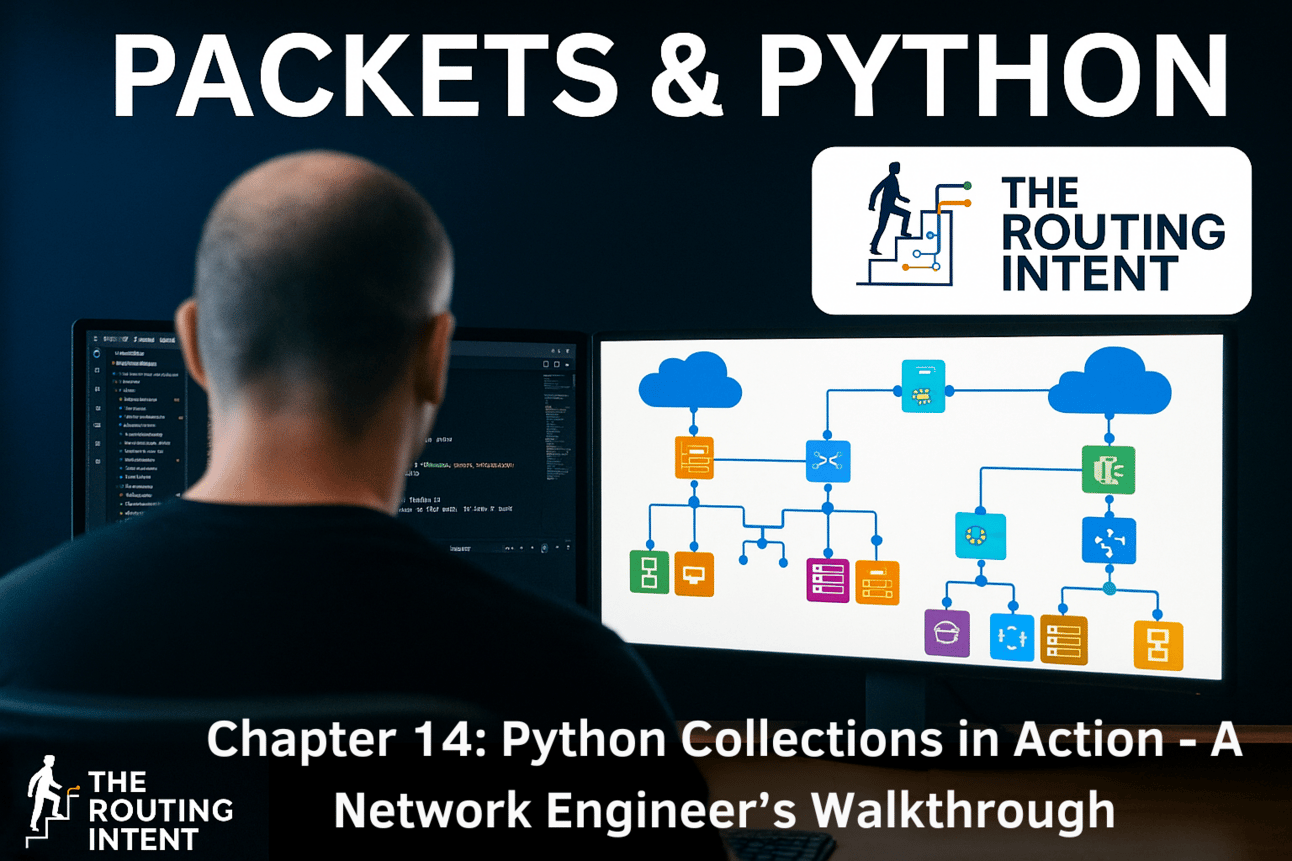The Right Tool for the Right Job
As a network engineer embracing Python, you've likely used structures like lists, dictionaries, or maybe even tuples and sets, whether to parse API responses, manage configuration templates, or model device metadata. But with multiple options on the table, how do you choose the most appropriate data structure for each job?
Python offers several built-in collection types — List, Tuple, Set, Frozenset, and Dictionary — and while they may seem interchangeable at first glance, each has distinct properties that impact how your automation code behaves, scales, and communicates intent.
In this post, we won’t just describe the differences; we’ll show you how to think like an engineer when making a choice between them.
You’ll learn:
How each type behaves in terms of ordering, mutability, and uniqueness
When to use a list vs. a set, or a dictionary vs. a tuple
Some examples from network engineering and automation
How to avoid subtle bugs or inefficiencies just by choosing the right type
As always, we’ll provide annotated examples, decision-making criteria, and practical use cases, all rooted in scenarios you’ll actually face when working with network data.
And yes, you're encouraged to copy, modify, and run the code as you follow along. It’s the best way to internalize these concepts and start writing Python that speaks the language of networking.
Let’s dive in.

